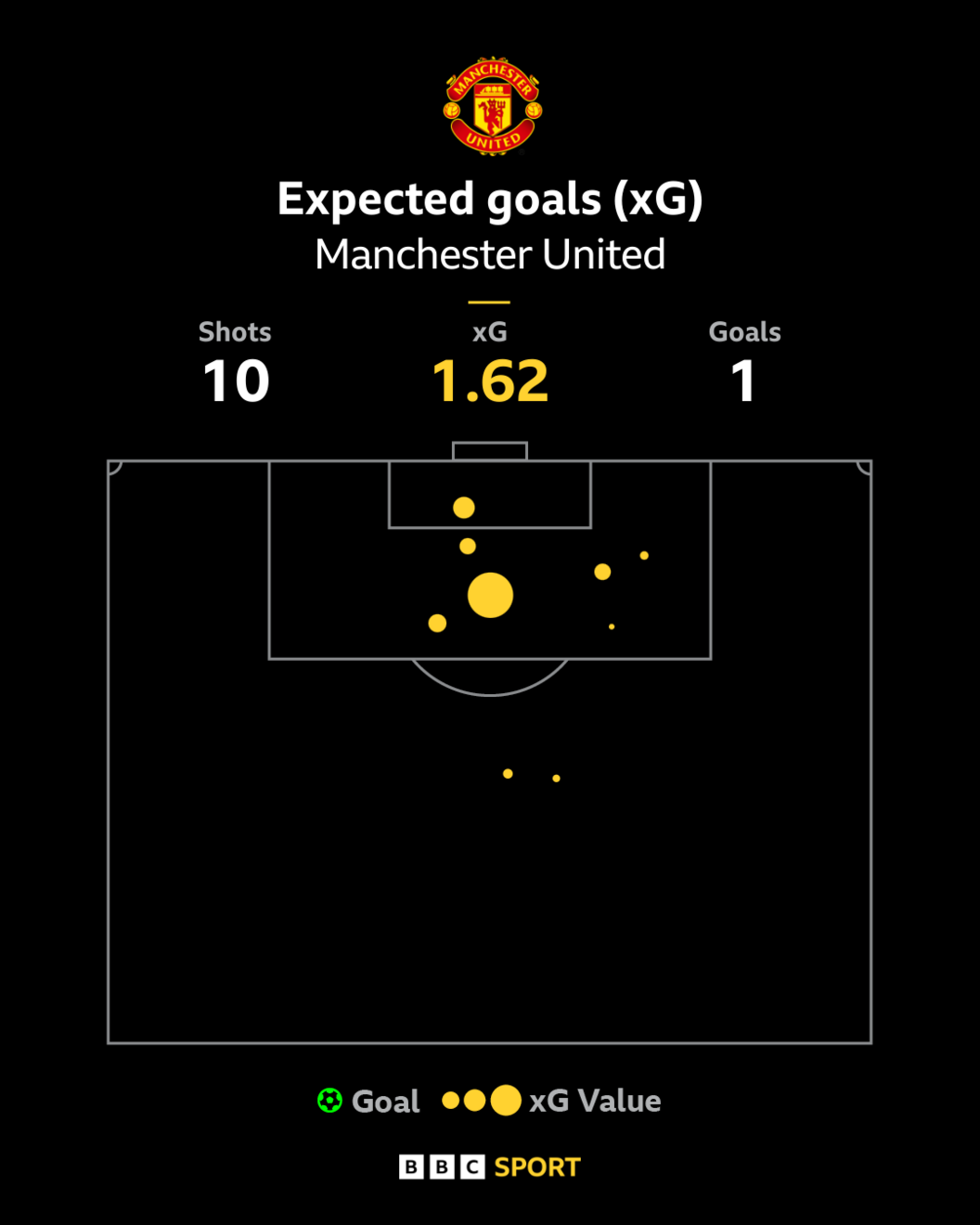Teething Problems for Man Utd’s £200m Frontline
Manchester United’s preseason victory over Bournemouth in the Premier League Summer Series seemed like a promising start for their revamped attack. Rasmus Hojlund, eager to prove his worth, confidently declared his commitment to the club after the match. However, just weeks later, the Danish striker finds himself on the fringes of the squad—a stark contrast to the optimism of that night in Chicago.
A Costly Attack Struggling to Fire
United’s £200m offensive overhaul—featuring Matheus Cunha, Bryan Mbeumo, and new arrival Benjamin Sesko—was expected to address last season’s glaring lack of goals. Yet, two Premier League games in, the attacking unit looks disjointed, raising early concerns.
The Red Devils’ only league goal so far came from a Rodrigo Muniz own goal in the 1-1 draw against Fulham. Before that, a 1-0 loss to Arsenal and a meager 1-0 win over Everton in preseason raised red flags. With just four goals in their last four matches—one from open play—United’s expensive frontline is yet to click.
The Hojlund Situation
Hojlund’s future at Old Trafford is in doubt following United’s aggressive pursuit of RB Leipzig’s Benjamin Sesko. The 20-year-old has been relegated to a bench role, sparking speculation of a move to Napoli, who are searching for a replacement for the injured Romelu Lukaku.
For a player who sought to prove his worth, his limited involvement suggests the club is already moving in a different direction. His absence leaves a gap in United’s attacking options, and Sesko’s adaptation has been slow—understandable given his recent arrival.
Tactical Struggles and Missed Chances
Manager Ruben Amorim has faced criticism for United’s blunt attack. Against Fulham, their best threats came from set-pieces rather than fluid play, prompting Marco Silva to remark: In the second half, their best chances were set pieces, nothing more.
Key attacking signings have shown flashes of brilliance but lack cohesion:
– Matheus Cunha came close to an incredible solo goal against Fulham with a spectacular first touch before hitting the post.
– Bryan Mbeumo worked tirelessly but was repeatedly thwarted by Fulham’s defence.
– Benjamin Sesko, still adjusting, has been limited to substitute appearances.
Despite an improved expected goals (xG) output (1.62 vs. Fulham, 1.52 vs. Arsenal), United have struggled to convert chances. Amorim insists the goals will come, but patience is thin among fans who expected immediate returns on such a hefty investment.
Fernandes’ Penalty Woes
A key moment in the Fulham draw was Bruno Fernandes’ missed penalty—an opportunity that would have given United the lead. The frustration was compounded when referee Chris Kavanagh inadvertently disrupted Fernandes’ routine by bumping into him before the kick.
Fernandes admitted his frustration post-match, saying:
I was upset because the referee didn’t apologise… but it’s not an excuse. I had a bad hit on the ball.
The miss encapsulated United’s early-season struggles: a mix of misfortune, lack of confidence, and underwhelming execution.
The Road Ahead
With newly promoted Burnley visiting Old Trafford next, United must find a way to integrate their £200m frontline quickly. The lack of European football should allow more training time—a silver lining as Amorim works to fine-tune his system.
Despite the slow start, key positives remain:
– Cunha’s creativity suggests he’ll soon start scoring.
– Sesko’s potential is evident, though he needs time to adapt.
– Mbeumo’s work rate adds energy to the attack.
Amorim remains confident:
We are going to score goals because we are creating so many chances. That is the important thing.
But with United languishing in 16th after two games, the pressure is on to turn promise into results. If their expensive frontline fails to gel soon, early optimism could quickly fade into another season of disappointment.
